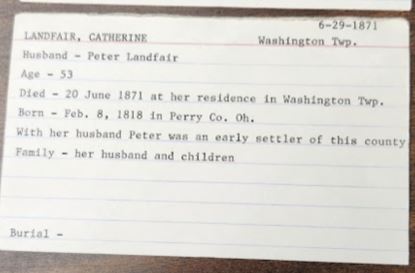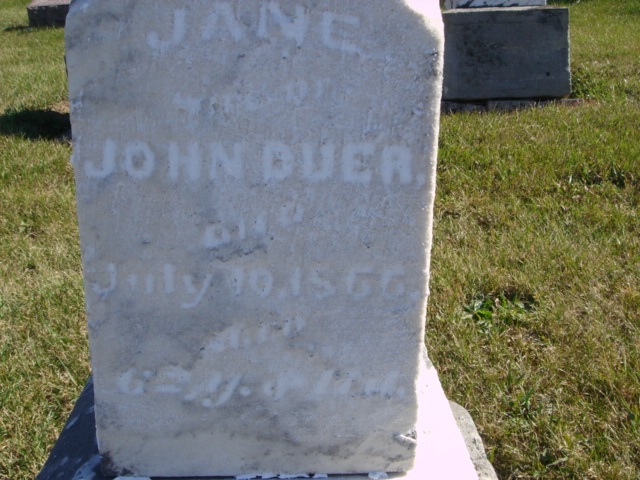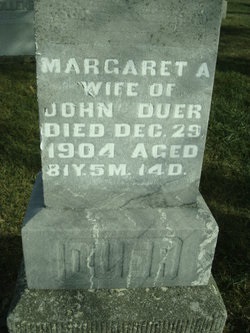
It’s October when I typically blog about the creepy coincidences that happen to me over the past year when I am doing genealogy.
I started a bit early, mentioning how I met some Irish and Scotts relatives through my recent travels to Great Britain.
I have another story to share but there’s a back story to it so this will be a two part blog.
I’ve blogged and researched extensively on my Hollingshead family originally from Saxelby, England. Some of the findings were just down right strange! You can read about past blogs I’ve written about Daniel here, here, and here.
I’ve never before shared a personal story about why I am so interested in the Hollingshead family but I think it’s time to do so.
In 2006, after spending time with a college friend who had transferred from the U.S. to Cambridge University in England, one of my adult kids informed my husband and I that they were going to apply to medical school out of the U.S. We questioned the decision but they were adamant with no reasons other than they felt they had to do that. After several acceptances, the decision was to accept the offer to St. George’s Medical School in Grenada, West Indies. To be honest, I wasn’t wild about this decision but once I visited I felt at home. After two years of study there, students transfer to either Great Britain, Canada, or various locations in the U.S. Our adult child decided to move to New Jersey.
I am not trying to be rude New Jerseyans but I just couldn’t understand why someone would relocate from a beautiful tropical island to a snowy cold location. Really, I told my kid, no one does that. Child was insistent that this was the right place but couldn’t explain why.
The adult child finished up their degree by living in Morristown, New Jersey. We visited several times and enjoyed the small town atmosphere. On one of our visits I happened to park next to a church cemetery. I looked up and was faced with a stone for the Byrd family. I had a brick wall Byrd family from somewhere in New Jersey. I decided I would contact the church but I always found it closed and got no response to emails. If you had asked me then, I would have told you we had no connection to Morristown; I thought the Byrd family was from Trenton.
Our last trip to Morristown was in the spring as our child was graduating and would soon leave for internship in another state. We drove one of our vehicles from Florida to New Jersey so that we could have two vehicles (ours and theirs) packed with belonging while my husband drove a small U-Haul to the new location.
On the way, we experienced a major traffic jam in Tampa which delayed us. Bored, I checked my email. There was a new email from someone I didn’t know, Edgar Duer Whitley. The gentleman had found my online public tree on Ancestry.com and was excited that I was providing him info on my Duer line that he had been unable to research. I was spelling Duer as Dure – the original family spelling, so had not connected to his research. He attached his genealogical research which connected to Daniel Hollingshead. I had never heard of Daniel.
I responded I would look at the information when we returned from our trip and would get back with. It was three weeks later when I downloaded the information and I was astounded.
Our child had been residing on land that had once been owned by their 8th great grandfather. Even more astounding was that Daniel Hollingshead had relocated to New Jersey from the West Indies. So I stood corrected, others in our family beside my kid have relocated from the West Indies to New Jersey.
But there’s more…when I shared this with my child I got a laugh. Our kid had traveled around the area of Cambridge and had visited Saxelby, where Daniel Hollingshead migrated from. It was there that they got the idea to go to a medical school that was international. Was this a channeling of a long dead ancestor?
One of Daniel’s sons had become a noted physician in New Jersey. The location where our child had attended undergrad, Boston, was the same area where one of Daniel’s grandson had migrated to, Boston. My line went on to Ohio via a stop in the wilds of Virginia, now known as West Virginia. Our adult child was leaving New Jersey for West Virginia. Creepy!
We joked with our child that they would probably end up in Ohio one day since they seemed to keep following that family line’s migration route. That hasn’t happened yet, however, they live about 10 miles from the Ohio border and work as a physician in Ohio. It’s just two counties away from where the Duers, who married the Hollingshead, settled.
As for Edgar, as soon as I reviewed the information he had sent and realized the migration path I wrote to him. I never got a response. Evidently, Edgar had died in the few short weeks after he sent me his life’s work. I can’t explain how this all happened. It’s wonderfully weird and unbelievable. I may have eventually broke through my brick wall without Edgar’s research but the timing was perfect as we had a family member in the areas that I could stay with while confirming the information. I guess a side moral of this story is contact those folks you find online and share your research widely.
Next time, I’ll tell you another strange connection regarding Daniel and I that occurred while I was in Great Britain.










